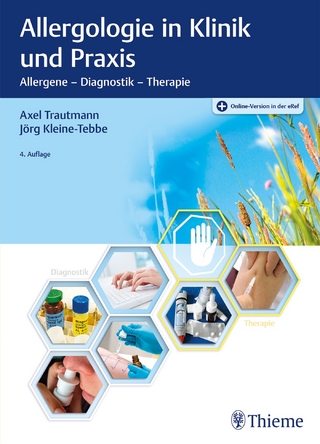
Genetic Diversity of RNA Viruses
Springer Berlin (Verlag)
978-3-642-77013-5 (ISBN)
List of Contents.- RNA Virus Populations as Quasispecies.- Genetic Recombination in RNA Viruses.- Foot-and-Mouth Disease Virus Populations Are Quasispecies.- Genetic Diversity and Rapid Evolution of Poliovirus in Human Hosts.- Mutations and All Hypermutations in Measles Virus Persistent Infections.- Evolutionary Processes in Influenza Viruses: Divergence, Rapid Evolution, and Stasis.- Genetic Diversity and Slow Rates of Evolution in New World Alphaviruses.- Emergence and Transmission of Influenza A Viruses Resistant to Amatadine and Rimantadine.- Selection of Zidovudine-Resistant Variants of Human Immunodeficiency Virus by Therapy.- Genetic Diversity and Evolution of Retroviruses.- Retroviral Reverse Transcriptases: Error Frequencies and Mutagenesis.- Human Immunodeficiency Virus Type 1 Quasispecies In Vivo and Ex Vivo.- Tracing the Origin of Retroviruses.- Replication and Evolution of Viroid-Like Pathogens.
| Erscheint lt. Verlag | 8.12.2011 |
|---|---|
| Reihe/Serie | Current Topics in Microbiology and Immunology |
| Zusatzinfo | X, 226 p. |
| Verlagsort | Berlin |
| Sprache | englisch |
| Maße | 155 x 235 mm |
| Gewicht | 375 g |
| Themenwelt | Medizin / Pharmazie ► Medizinische Fachgebiete ► Dermatologie |
| Medizin / Pharmazie ► Medizinische Fachgebiete ► Mikrobiologie / Infektologie / Reisemedizin | |
| Naturwissenschaften ► Biologie ► Mikrobiologie / Immunologie | |
| Naturwissenschaften ► Biologie ► Zellbiologie | |
| Schlagworte | AIDS • Antigen • antiviral drug resistance • Evolution • Mutation • retroviruses • Riboviruses • RNA-Viren • Virologie • Virology • Viruses |
| ISBN-10 | 3-642-77013-4 / 3642770134 |
| ISBN-13 | 978-3-642-77013-5 / 9783642770135 |
| Zustand | Neuware |
| Haben Sie eine Frage zum Produkt? |
aus dem Bereich


